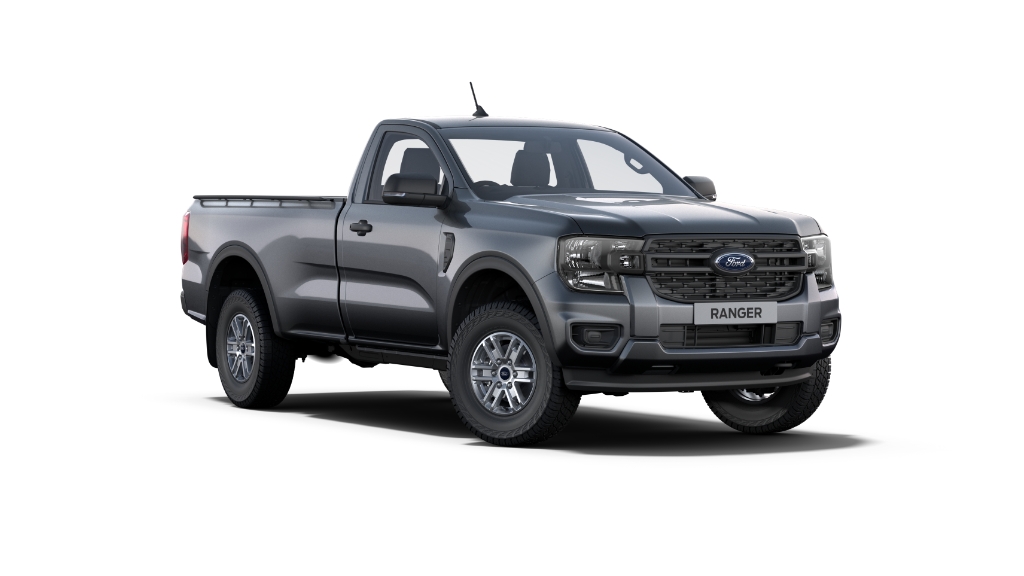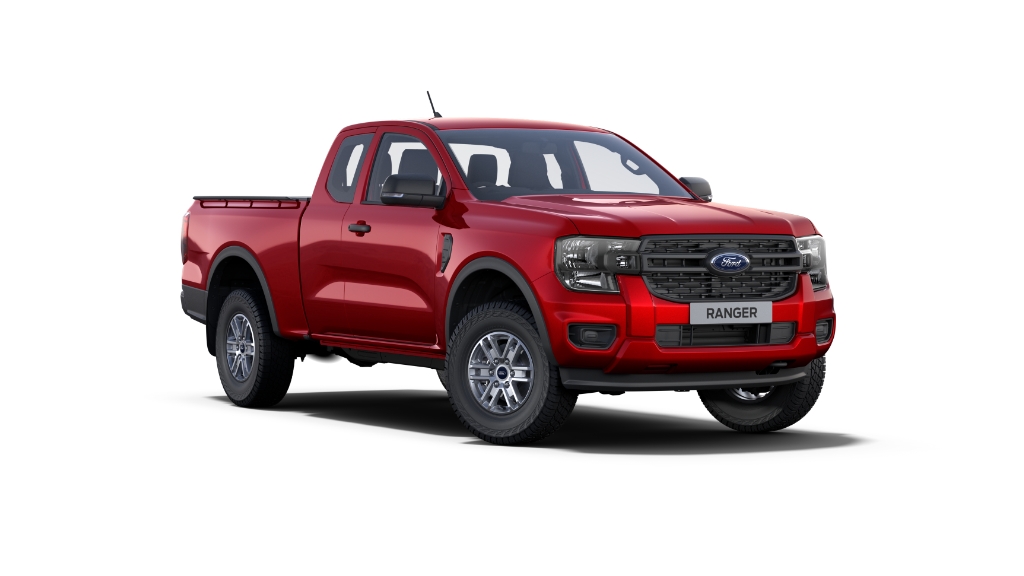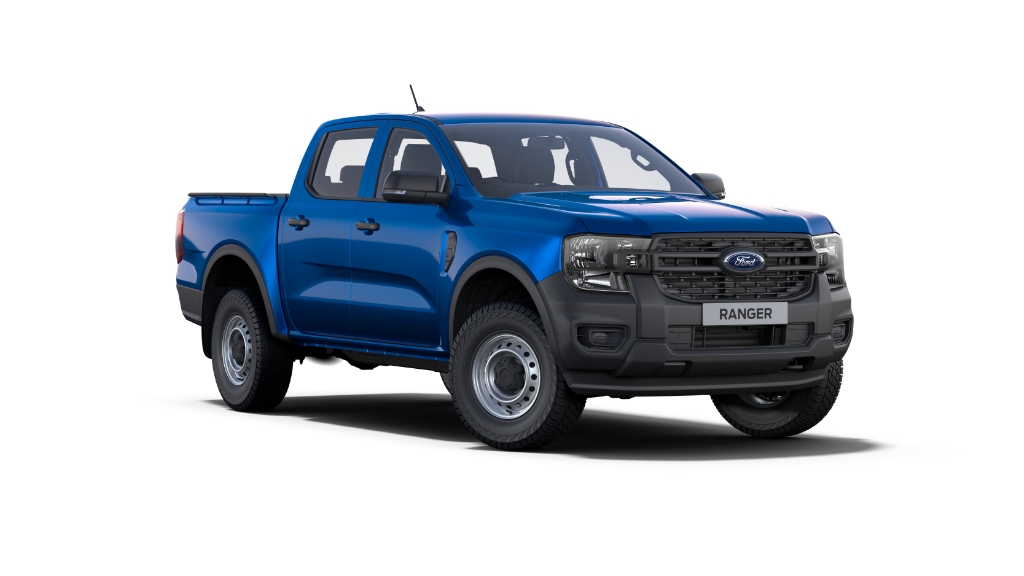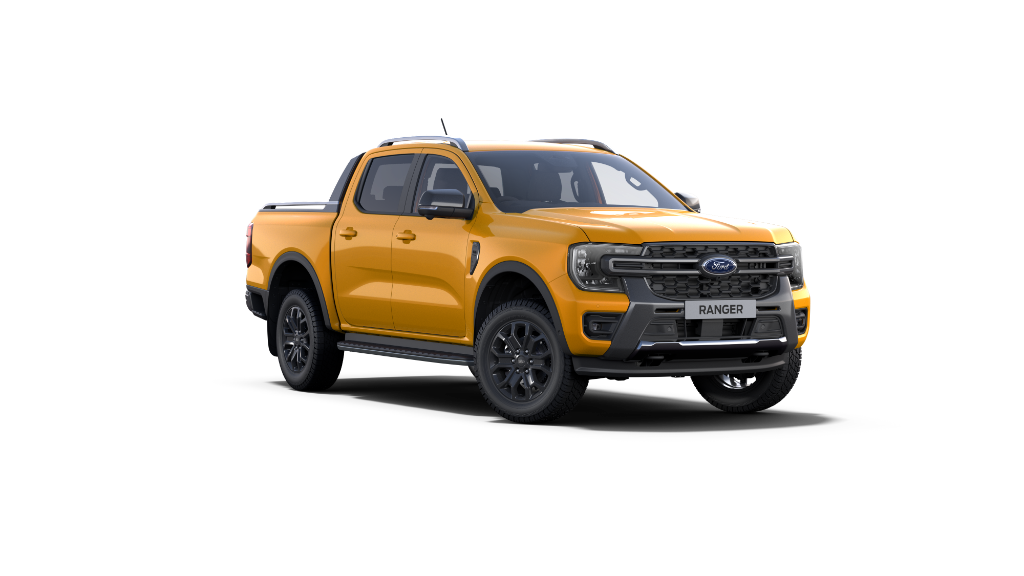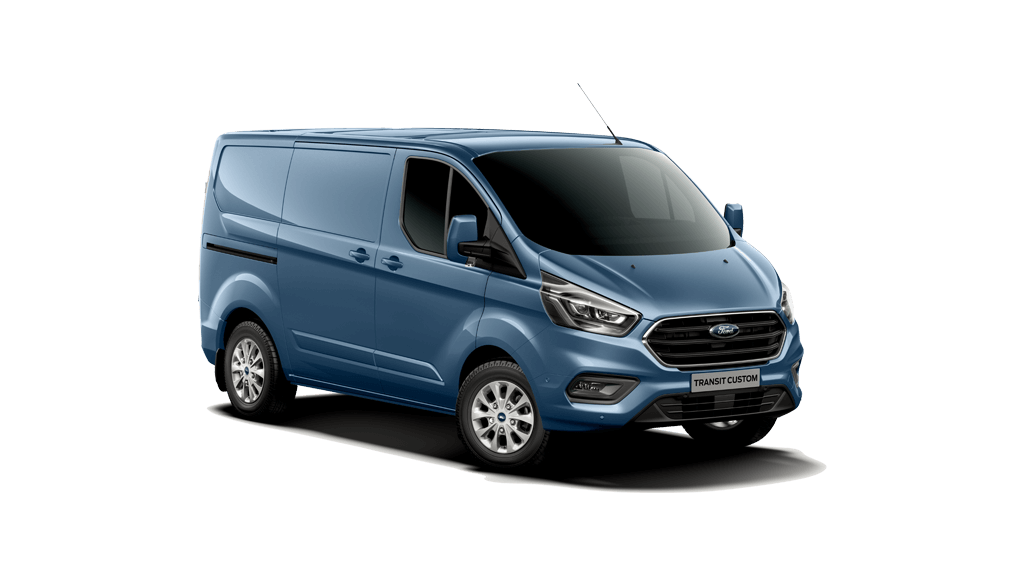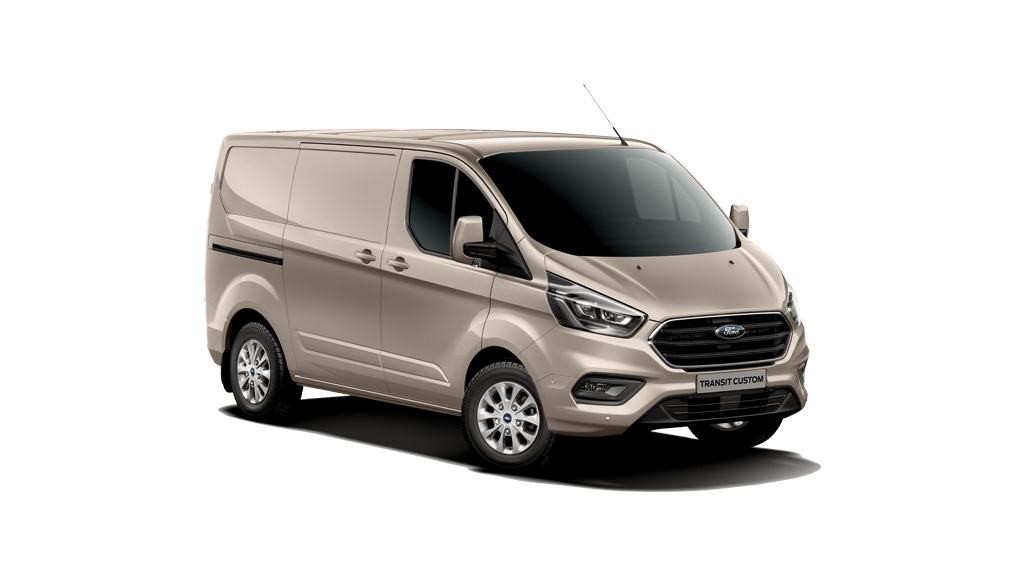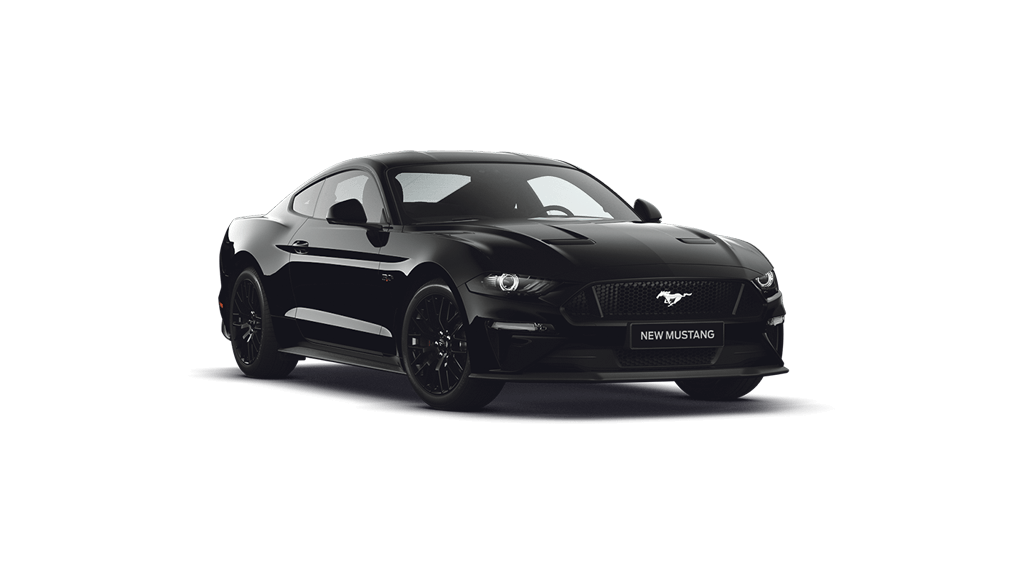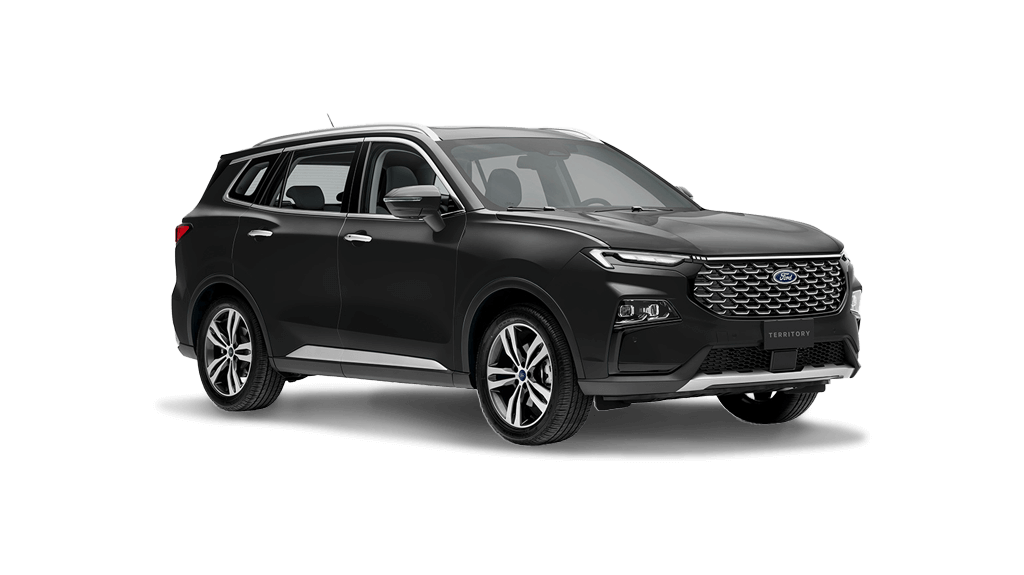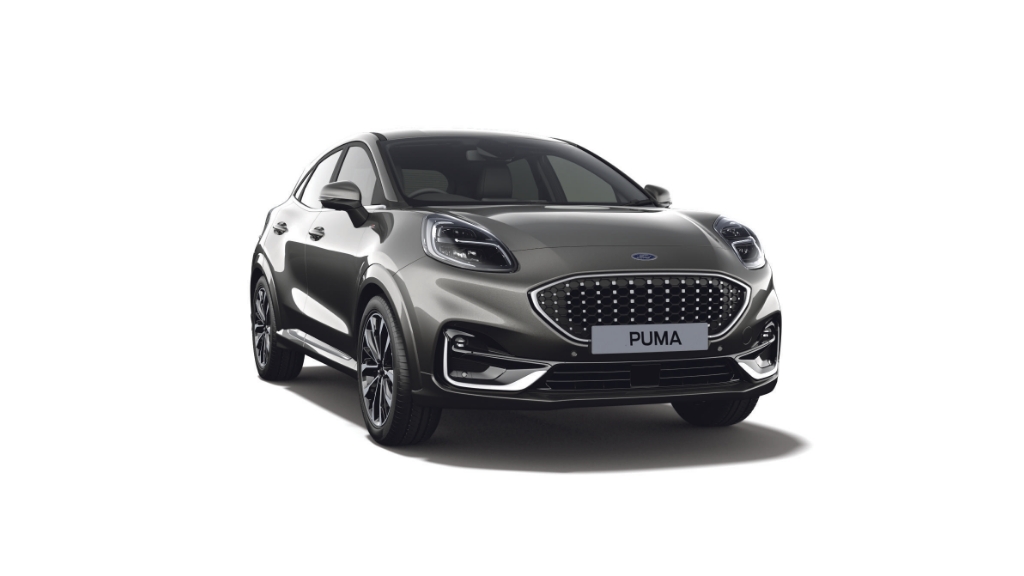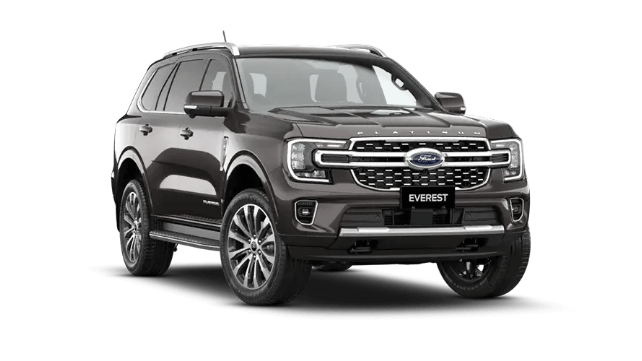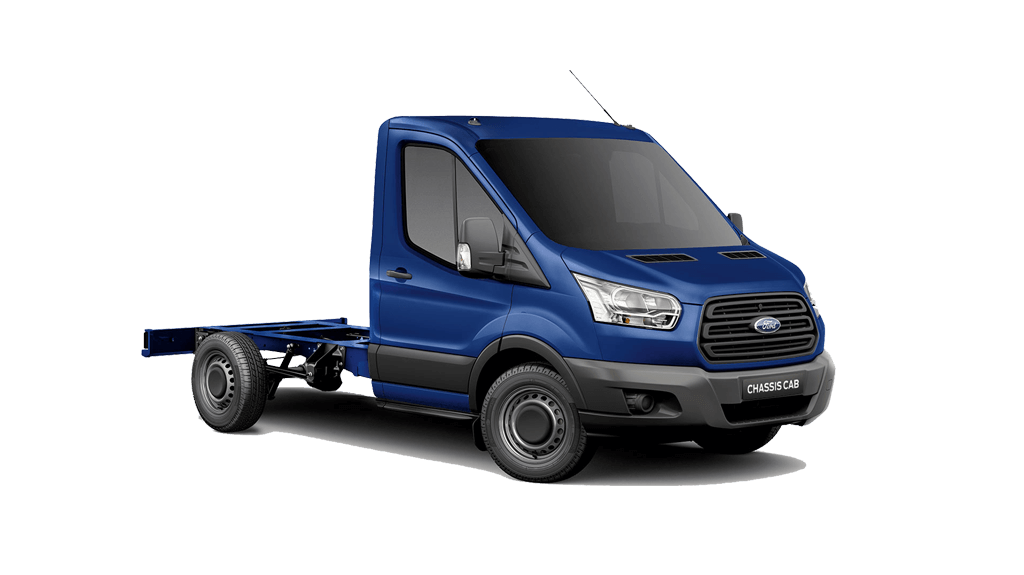Ford news
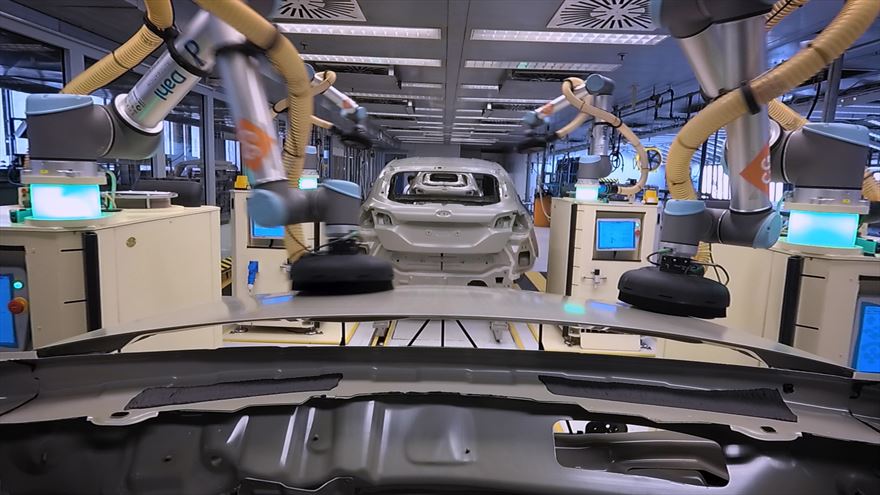
QuickPic | October 3, 2019
- Collaborative robots (cobots) work together with Ford engineers to apply finishing touches to vehicles on the production line
- In a first for Ford, the cobots which are also used to polish high-end audio equipment, are choreographed to finely sand the entire surface of the Ford Fiesta body
- After introducing the process in Cologne, Germany, Ford is now reviewing further rollout at the company’s facilities in Valencia, Spain, and Craiova, Romania
PRETORIA, South Africa, 3 October 2019 – Robotics is one of the world’s fastest growing fields. It has the potential to revolutionise society. There are two aspects to robotics which are of interest to scientists and engineers. The physical design and construction of robots, and the algorithms which are used for control.
Tech-savvy people with the mathematical and technical skill are needed to drive advances in the field. Many of these techies work within the rapidly-advancing auto manufacturing industry, where AI, robotics, and automation play an increasingly important role.
This #TechiesDay, 3 October, Ford Motor Company shines a light on a team of collaborative robots (cobots) which have been introduced to work alongside engineers in Cologne, Germany, to ensure every Ford Fiesta has a perfect finish.
The six cobots complete a choreographed sequence to sand the entire body surface in just 35 seconds. The initiative does not replace employees but allows operators to use their time on more complex tasks and avoid suffering the strains associated with performing repetitive tasks.
“The cobots can feel when more force needs to be applied, just like we can, and they can more easily get to hard-to-reach places, like the centre of the roof,” said Dennis Kuhn, senior manufacturing engineer, Paint Shop, Ford of Europe.
Each cobot is a UR10, the world’s best-selling cobot, from Universal Robots, the kind that is also used in the audio equipment industry to polish high performance loudspeakers and subwoofers. In the Ford paint shop, they feature a 3D-printed soft flexible layer between the robotic arm and the sandpaper which enables the cobot to work with the same precision and dexterity as a human hand.
During the production process, each Fiesta is submerged in a special bath to provide more than ten years of corrosion protection. Afterwards, small flecks can remain on the surface, unseen to the naked eye, but which can be felt by hand and could impact the final finish of the vehicle. The six cobots step in to smooth away these inconsistencies and vacuum any dust left behind. Final checks are completed by two employees before the vehicle body moves along the line for the primer application.
For loudspeakers and audio equipment production with mostly flat surfaces, only one cobot is required. Introducing the technology on a moving production line for a multi-contoured vehicle required a new approach.
“It took several weeks to install the cobots and programme them to move in harmony to smooth the unique contours of a Ford Fiesta, a task made all the more difficult because the vehicle never stops moving,” said Detlev Dahl, CEO, Dahl Automation. “But that’s where the adaptability of the cobots and our vast experience as one of the first Universal Robots certified system integrators came to the fore. With the moves mastered, they never miss a beat.”
Ford is reviewing further rollout of the cobots at the company’s facilities in Valencia, Spain, and Craiova, Romania. The company has already introduced other cobots which have been programmed to assist production line workers with complex assembly procedures, such as fitting shock absorbers to cars and spark plugs to engines; and also introduced a self-driving robot called “Survival”.
Original article and image as supplied by QuickPic

